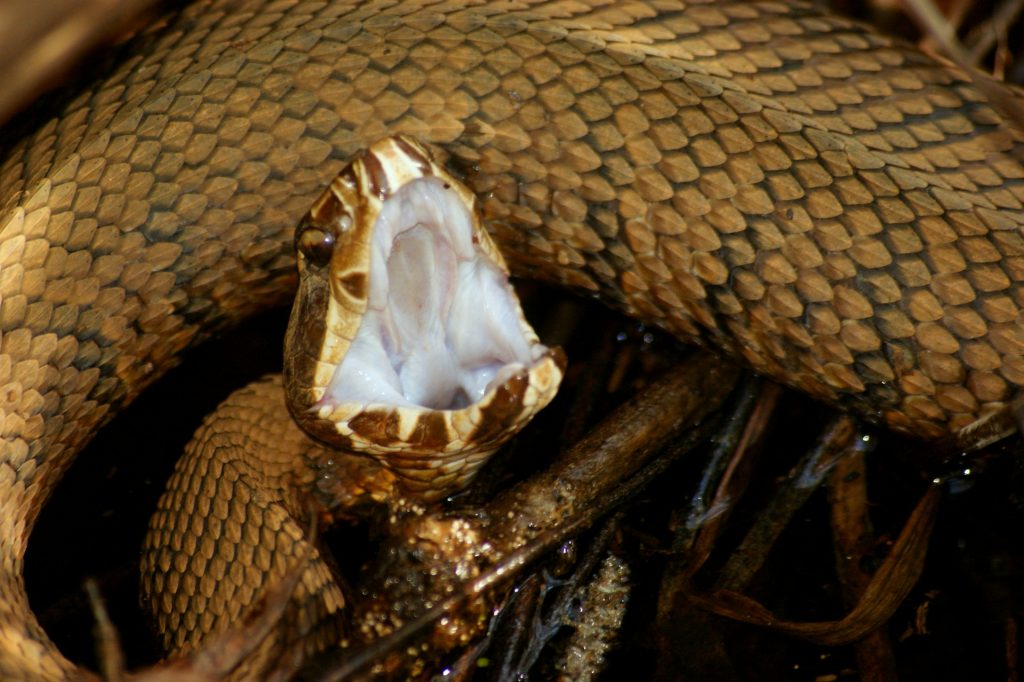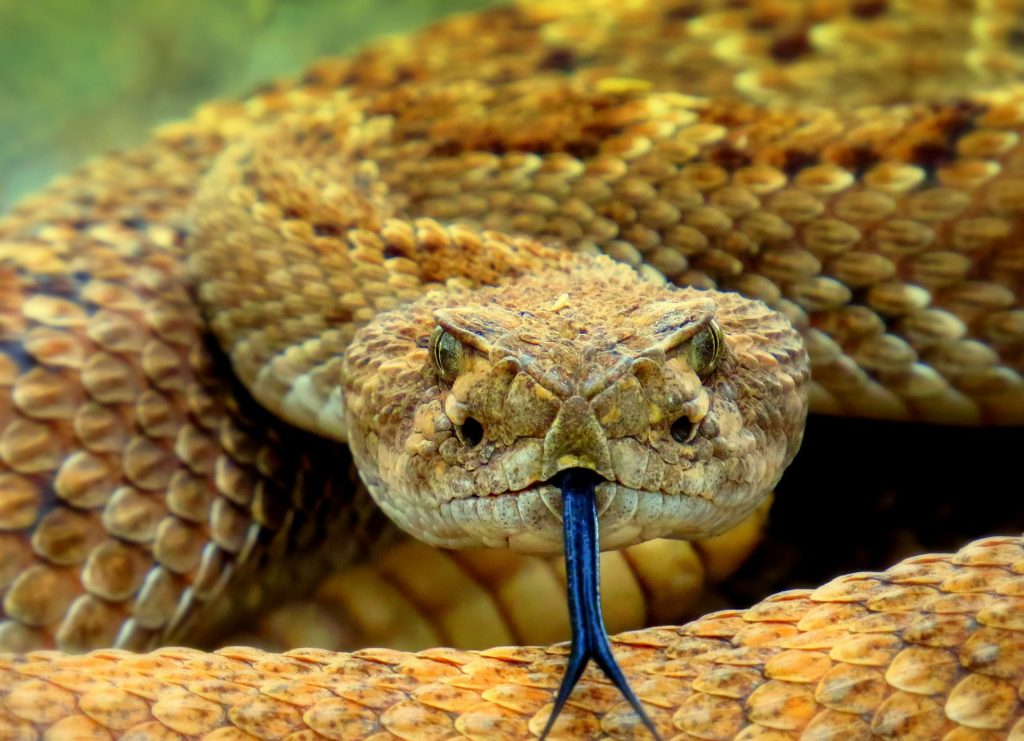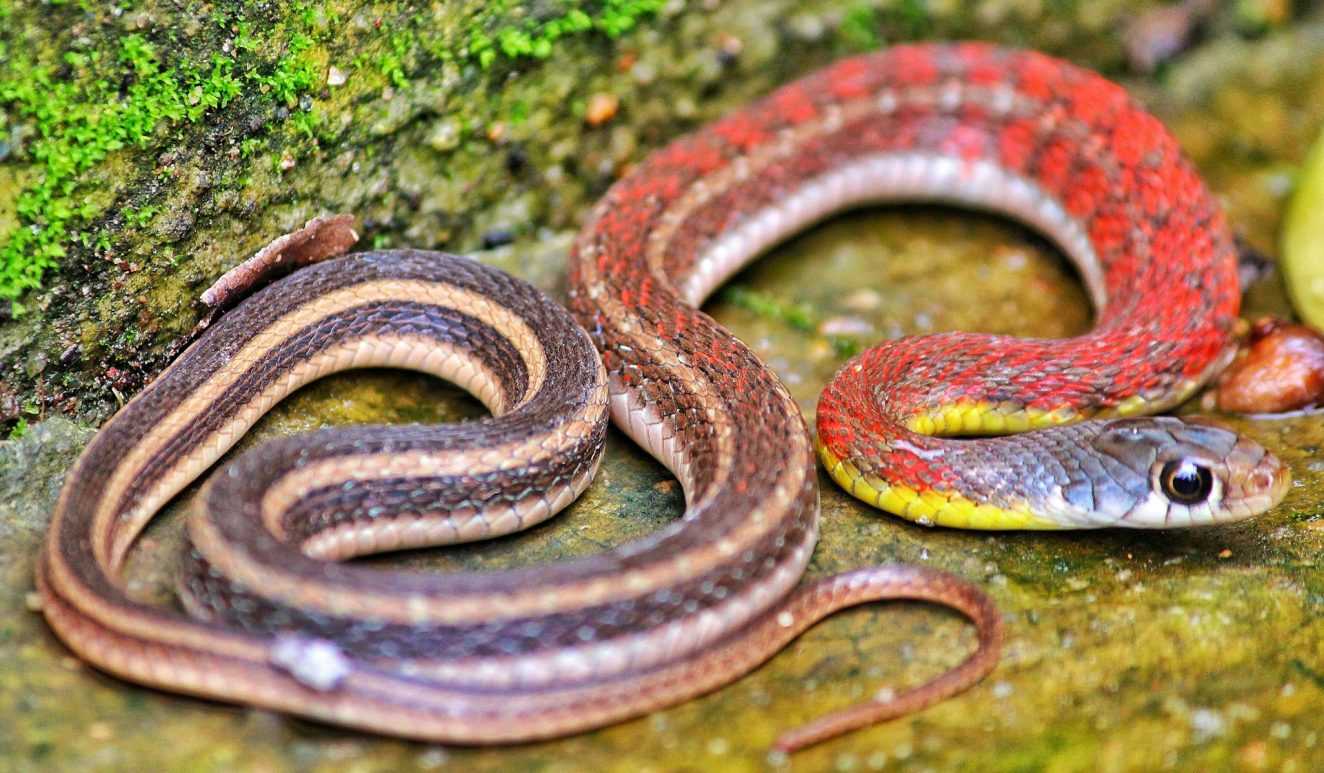Snakes, with their slithering forms and flickering tongues, often evoke a mix of fascination and fear. While many species of snakes are harmless, there are those whose venomous bite poses a significant danger to humans. Understanding the risks associated with snakes and knowing how to respond in the event of a bite is crucial for staying safe in snake-prone areas. Let’s delve into the world of snakes and explore the dangers they may pose to humans.

What Makes Snakes Dangerous?
The primary danger associated with snakes lies in their venom. Among the approximately 3,000 species of snakes worldwide, around 600 are venomous. Venomous snakes possess specialized hollow fangs through which they inject potent toxins into their prey. Species like the King cobra and the Indian cobra are renowned for their highly toxic venom, capable of causing severe tissue damage and even death. Additionally, non-venomous snakes can pose a threat with their sharp teeth, which may cause infections or significant blood loss if they bite.
Understanding Snake Venom
Snake venom is a complex mixture of proteins and chemicals that can wreak havoc on the human body. It disrupts tissue integrity, impairs blood clotting, and can lead to a range of symptoms, from paralysis to respiratory failure. Neurotoxins, procoagulants, and myotoxins are among the components commonly found in snake venom, contributing to its lethal effects.

Responding to a Snake Bite
In the event of a snake bite, it’s essential to remain calm and seek medical assistance immediately. Attempt to identify the snake if possible, but avoid taking unnecessary risks or delaying medical treatment. Contrary to popular belief, attempting to suck out venom or cut the wound can exacerbate the situation and should be avoided. Prompt medical intervention offers the best chance of recovery from a snake bite.
Recovery and Prevention
Recovery from a snake bite depends on various factors, including the type of snake, the amount of venom injected, and the individual’s health. While some patients may recover within weeks, others may require months of treatment and rehabilitation. Prevention remains the best approach to avoiding snake bites, with measures such as wearing protective clothing, staying vigilant in snake-prone areas, and seeking medical attention promptly in the event of a bite.
Preventing Snake Bites: Practical Tips
To minimize the risk of snake encounters and bites, consider the following preventive measures:
- Wear long, loose clothing and sturdy boots when venturing into snake habitats.
- Exercise caution when handling outdoor objects, such as rocks and logs, where snakes may hide.
- Avoid provoking or disturbing snakes in their natural habitat.
- If you encounter a snake, maintain a safe distance and allow it to move away without confrontation.

While snakes undoubtedly command respect and caution, understanding their behavior and the risks they pose can empower individuals to coexist safely with these fascinating creatures. By adopting preventive measures and knowing how to respond in the event of a snake encounter, humans can mitigate the dangers associated with snakes and appreciate their role in the natural world. Remember, when it comes to snakes, knowledge and preparedness are the best defenses against potential harm.





